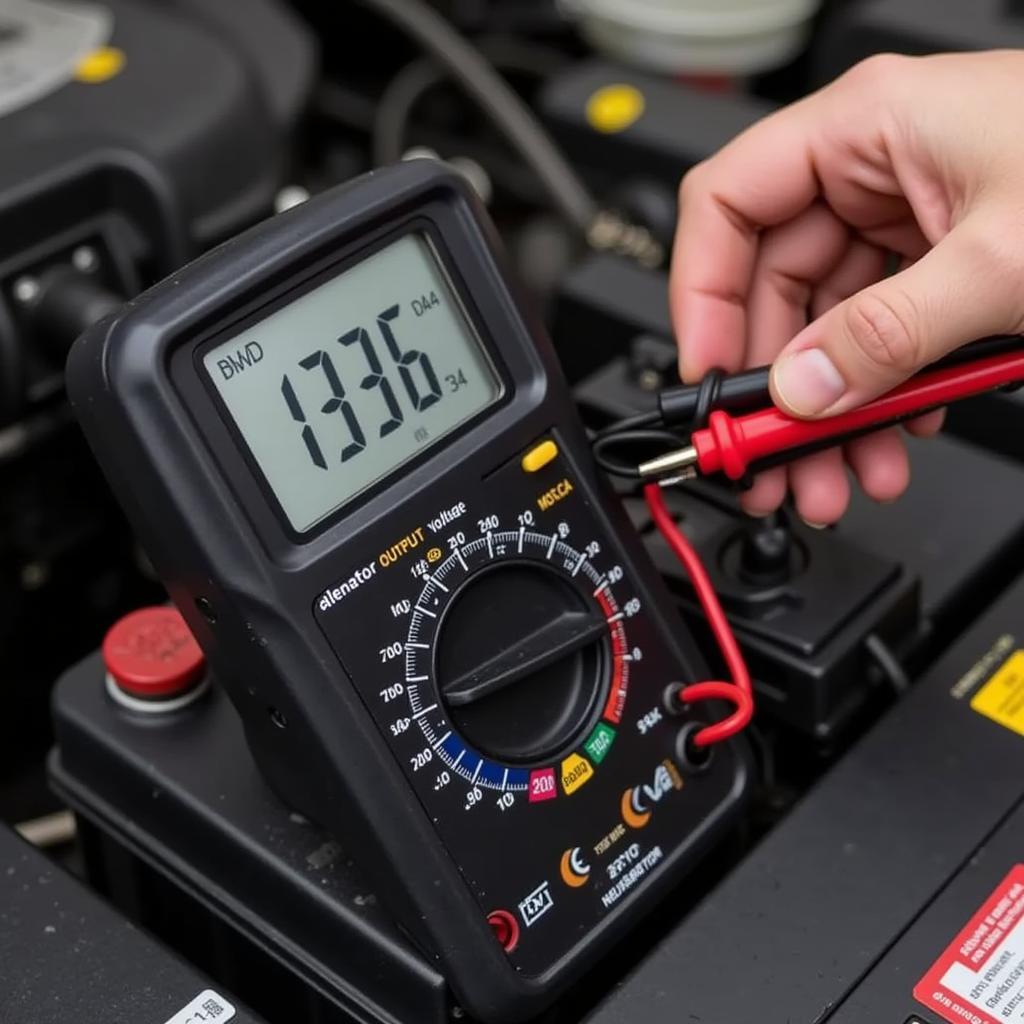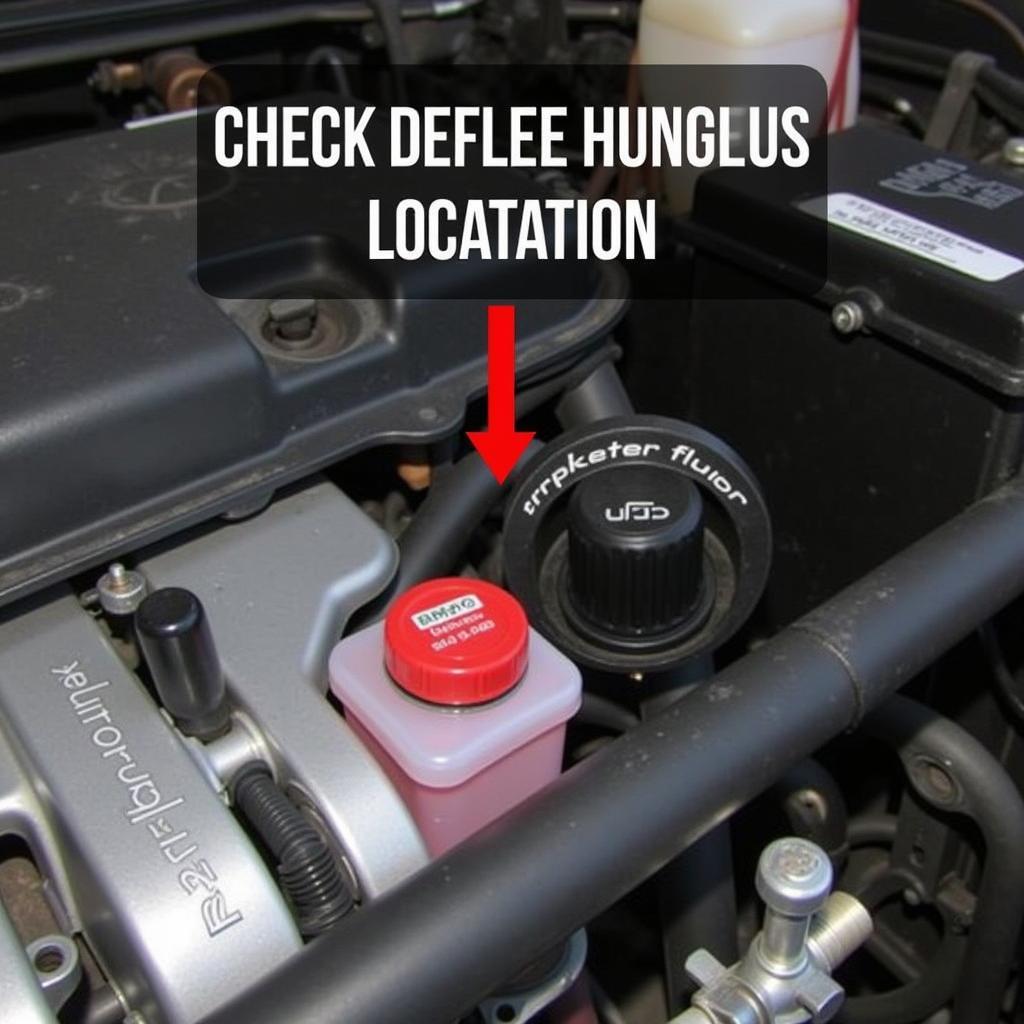Having trouble starting your car due to a malfunctioning anti-theft system? You’re not alone. While these systems are crucial for preventing vehicle theft, they can sometimes cause headaches for car owners. This comprehensive guide will walk you through the process of diagnosing and potentially bypassing your car’s anti-theft system, giving you back control of your vehicle.
Understanding Your Car’s Anti-Theft System
Modern vehicles often come equipped with immobilizer systems, a key component of their anti-theft technology. This system typically uses a transponder chip embedded in your car key that communicates with the vehicle’s engine control unit (ECU). When you insert your key, the ECU verifies the chip’s code. If the code is recognized, the ECU allows the vehicle to start. However, if the chip is damaged, the battery is dead, or the ECU fails to recognize the signal, the immobilizer system might prevent your car from starting.
Recognizing a Potential Anti-Theft System Issue
Several signs may indicate a problem with your car’s anti-theft system:
- The engine cranks but won’t start: This is a common symptom, suggesting the engine is receiving power but the immobilizer is preventing ignition.
- The security light is flashing: A blinking or constantly illuminated security light on your dashboard often signals an issue with the anti-theft system.
- The key fob doesn’t work: If you have a keyless entry system and the fob fails to unlock the doors or start the engine, it might be linked to the immobilizer.
Essential Tools for Troubleshooting Anti-Theft Systems
Before attempting any bypass or fix, it’s crucial to have the right diagnostic tools at hand:
- OBD-II Scanner: This essential tool allows you to read and understand the error codes stored in your vehicle’s ECU, providing valuable insight into the problem’s root cause.
- Digital Multimeter: A multimeter helps test the battery voltage of your key fob and check for continuity in wiring harnesses related to the anti-theft system.
- Basic Hand Tools: Having a set of screwdrivers, pliers, and wrenches is crucial for accessing and potentially replacing components of the anti-theft system like the ignition cylinder or key fob battery.
Troubleshooting and Bypassing Your Anti-Theft System
Disclaimer: Bypassing your car’s anti-theft system should be your last resort. The following steps are for informational purposes only and should only be performed by individuals with sufficient automotive knowledge. Improper procedures can potentially damage your vehicle’s electrical system. We strongly recommend consulting a qualified automotive electrician or taking your vehicle to a certified repair shop.
1. Check the Basics:
- Key Fob Battery: Ensure the battery in your key fob is not dead. Replace it if necessary and test if the immobilizer issue is resolved.
- Key Recognition: Try using a spare key if you have one. Sometimes, the transponder chip in the original key might be damaged or have worn down, preventing recognition by the ECU.
2. Resetting the System:
- Battery Disconnect: Disconnecting the car battery for a few minutes can sometimes reset the ECU and clear any temporary glitches in the anti-theft system. Be sure to have your radio code handy, as this process might erase it.
3. Professional Diagnosis:
If the problem persists, it’s crucial to seek professional help. Modern anti-theft systems are complex, and a qualified automotive electrician with the right diagnostic tools can accurately pinpoint the issue and recommend the most appropriate solution, be it replacing a faulty component or reprogramming the ECU.
Frequently Asked Questions About Car Anti-Theft Systems
Q: Can I permanently disable my car’s anti-theft system?
A: While technically possible, it’s highly discouraged. Disabling the anti-theft system leaves your vehicle vulnerable to theft and can devalue it significantly.
Q: My car key is damaged. Can a locksmith make a new one with the transponder chip?
A: Yes, qualified automotive locksmiths have the equipment and expertise to cut and program new keys with transponder chips, ensuring compatibility with your vehicle’s anti-theft system.
Q: What is the cost of replacing a faulty ECU?
A: The cost of an ECU replacement varies significantly depending on your car make, model, and the complexity of the unit. However, it is typically an expensive repair. Contact your dealership or a trusted mechanic for a quote.
For further assistance with automotive diagnostics, programming, and remote installations, explore the wide range of services offered by Cardiagtech. We specialize in providing innovative solutions for complex vehicle issues. Contact us today for expert support and guidance.



